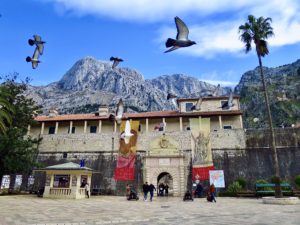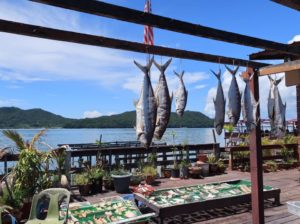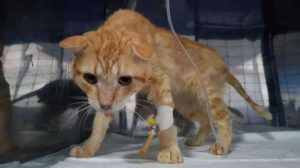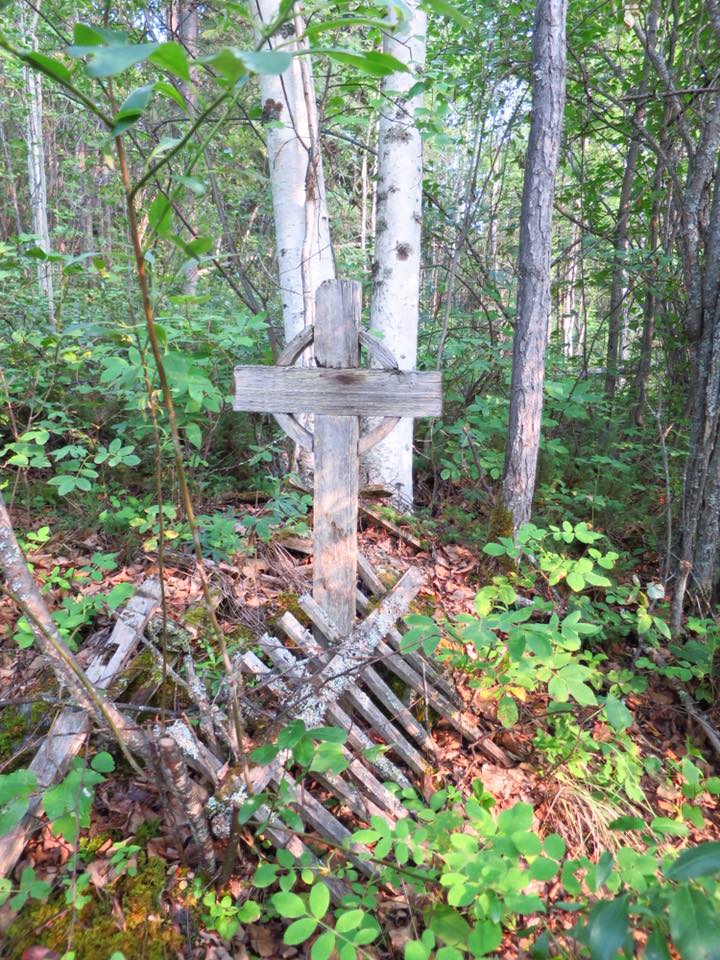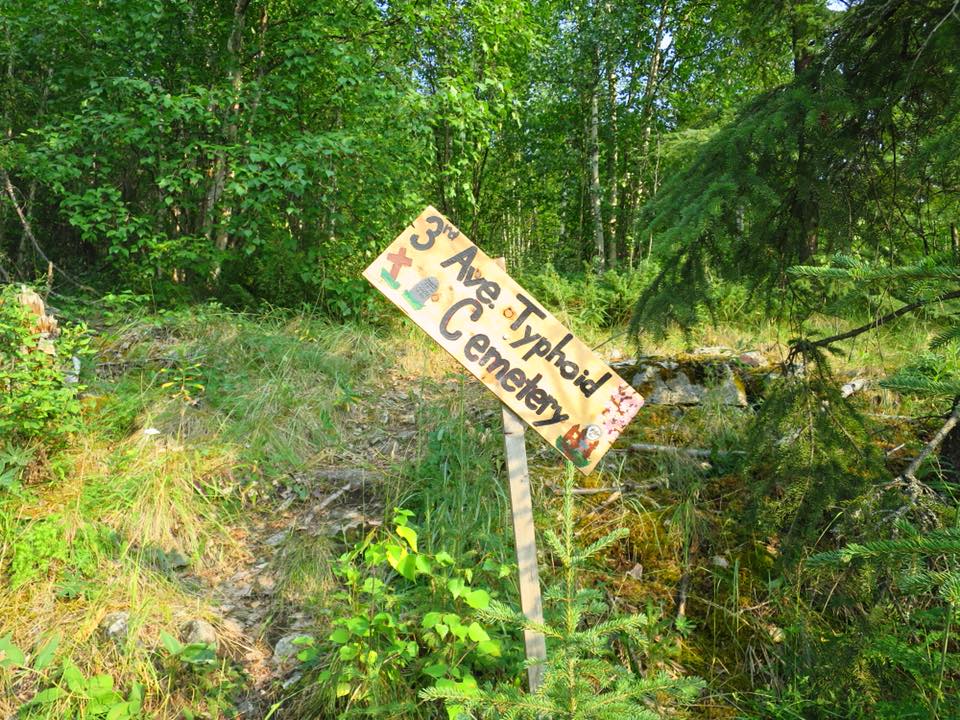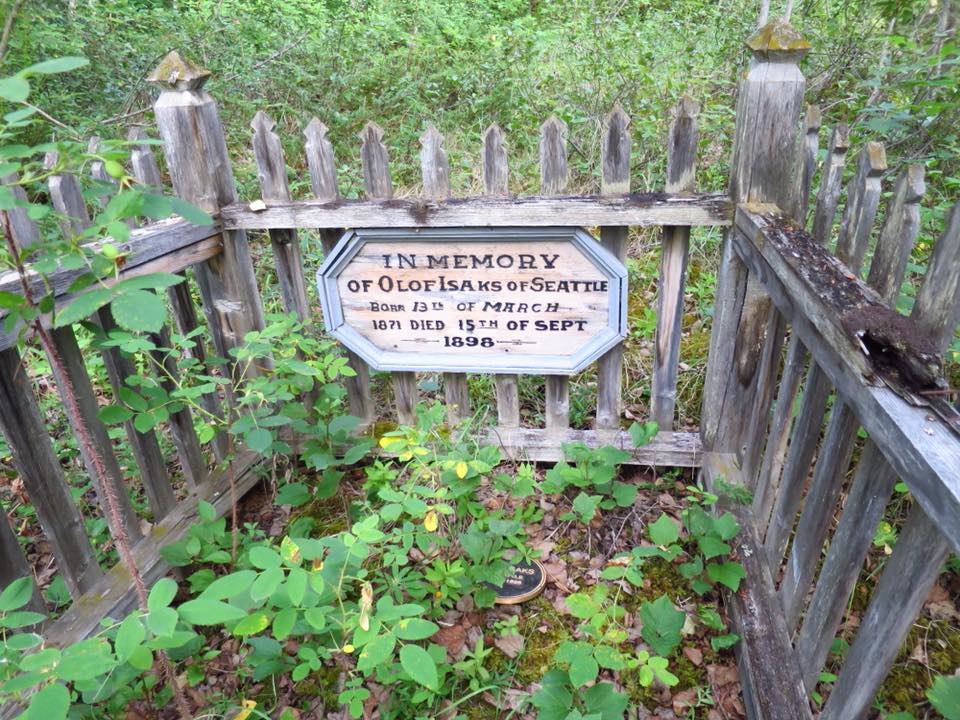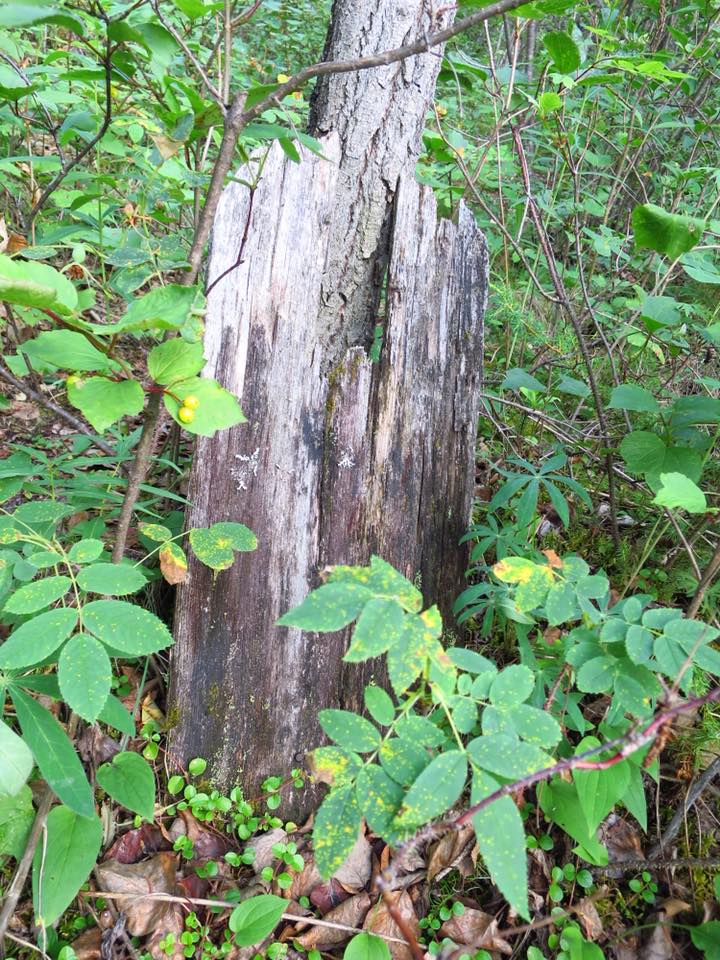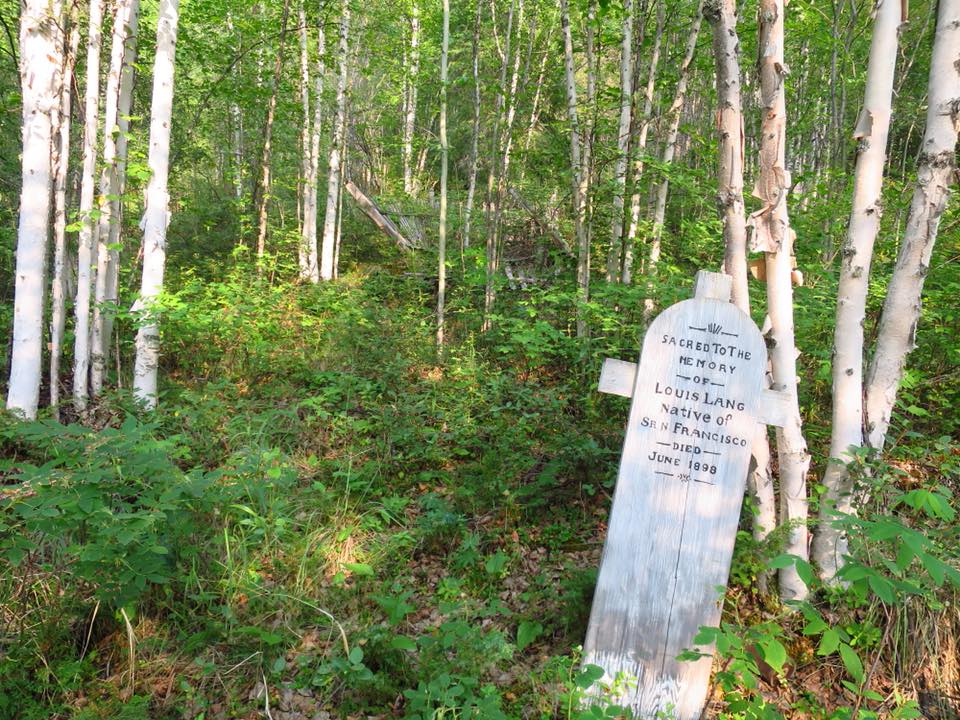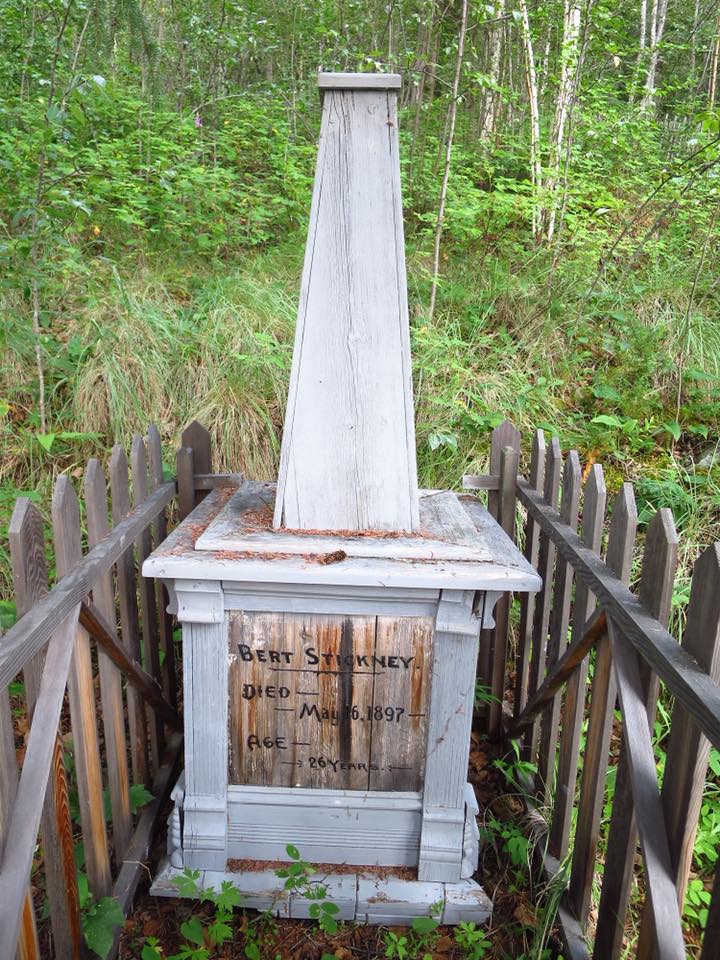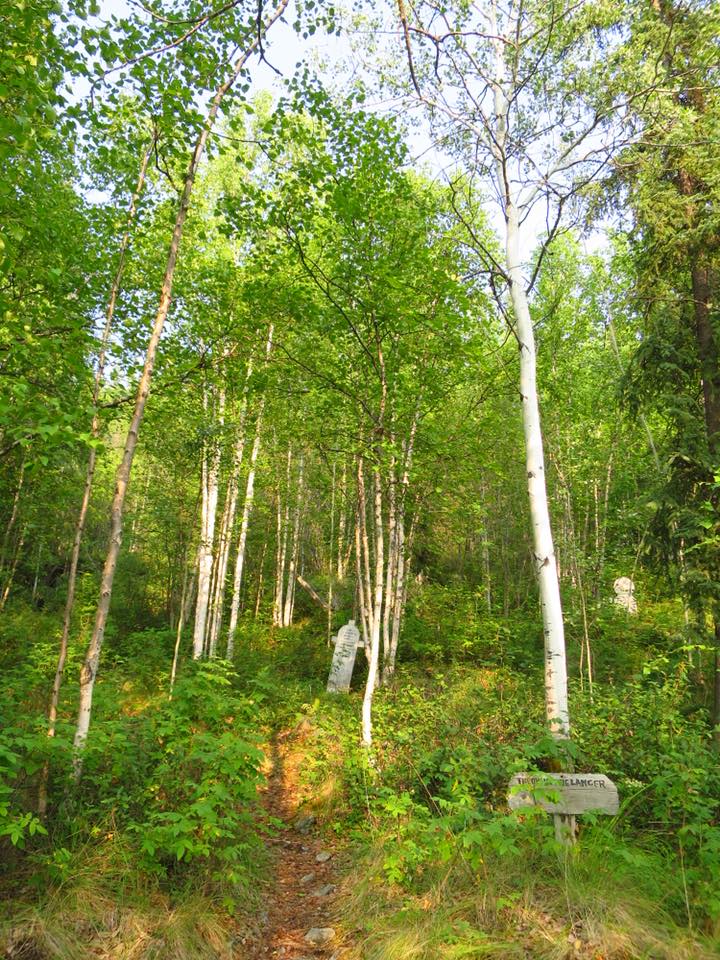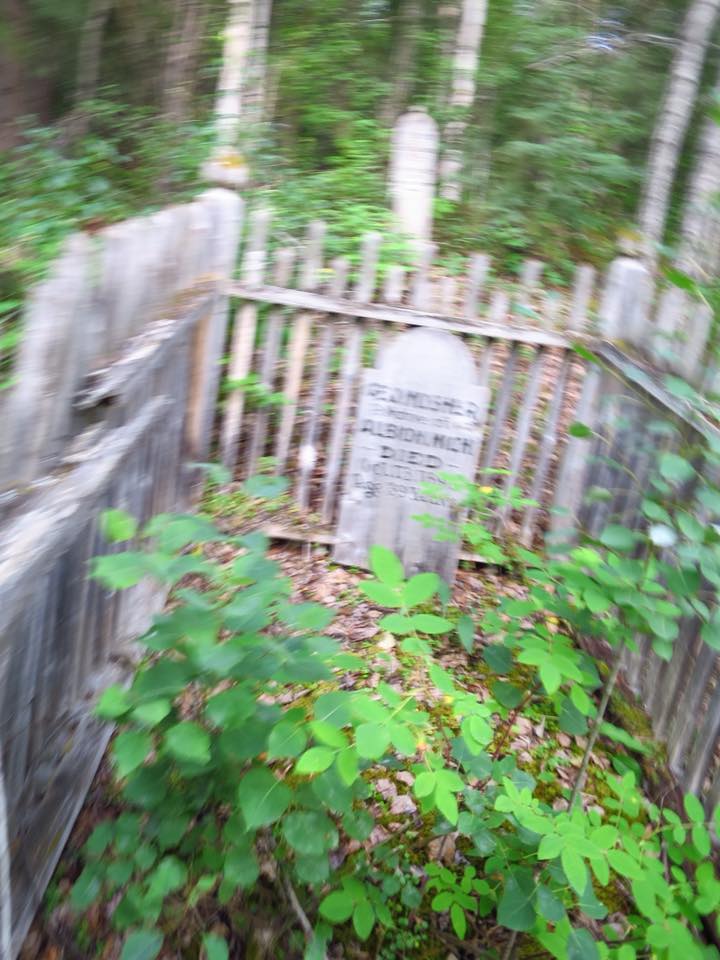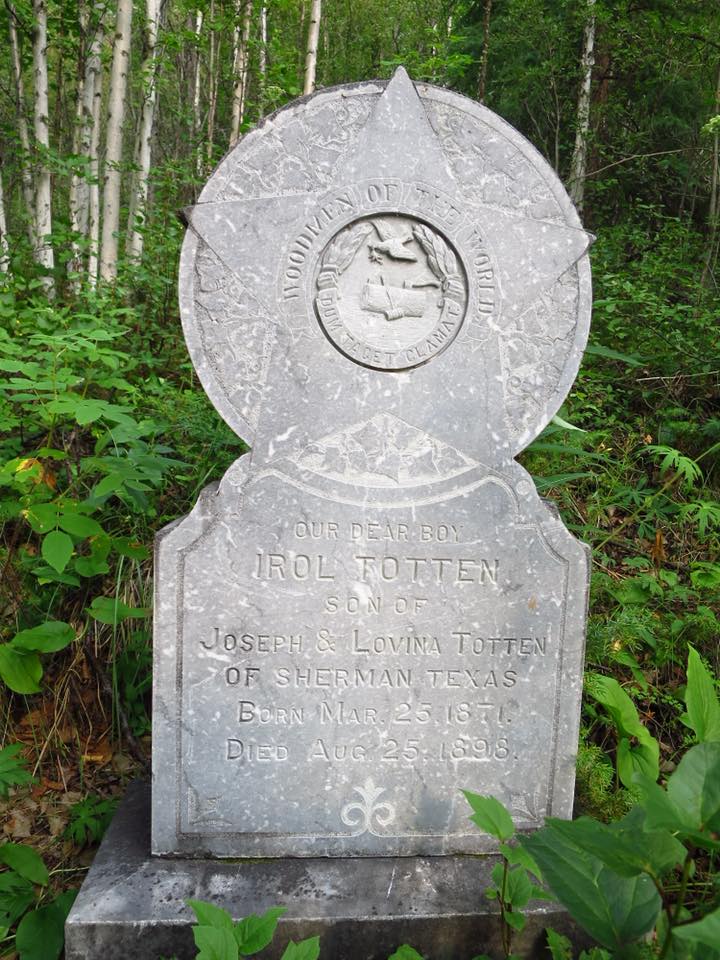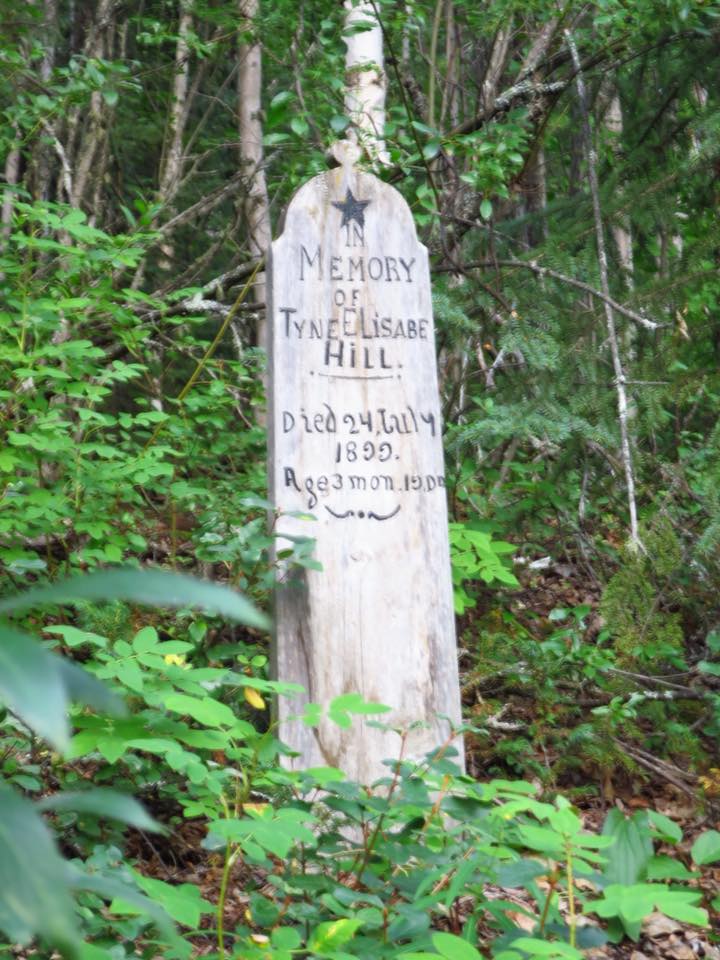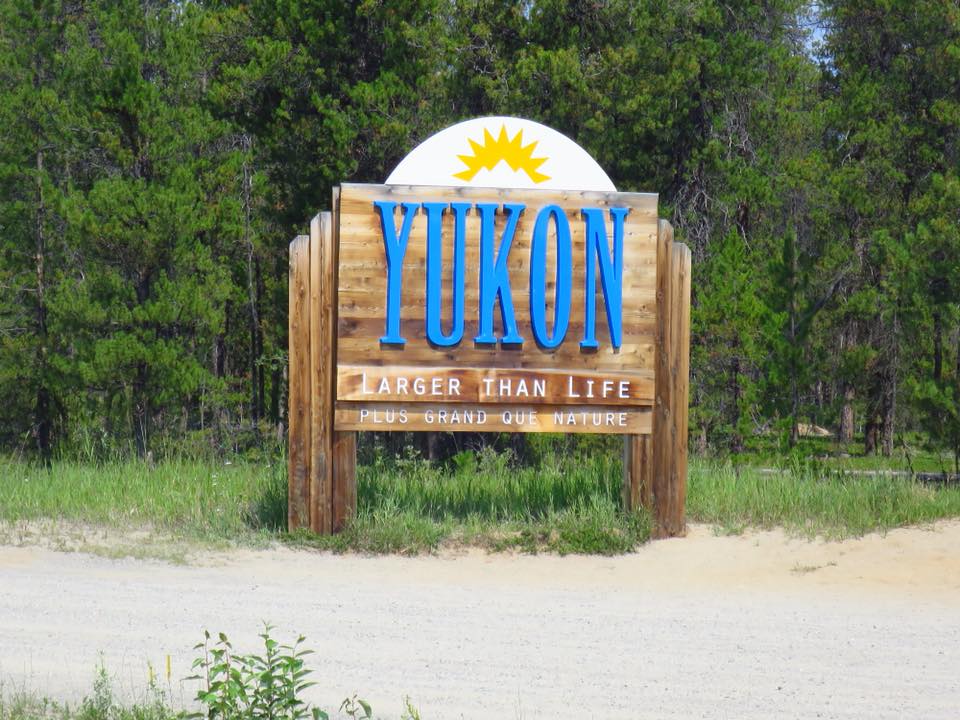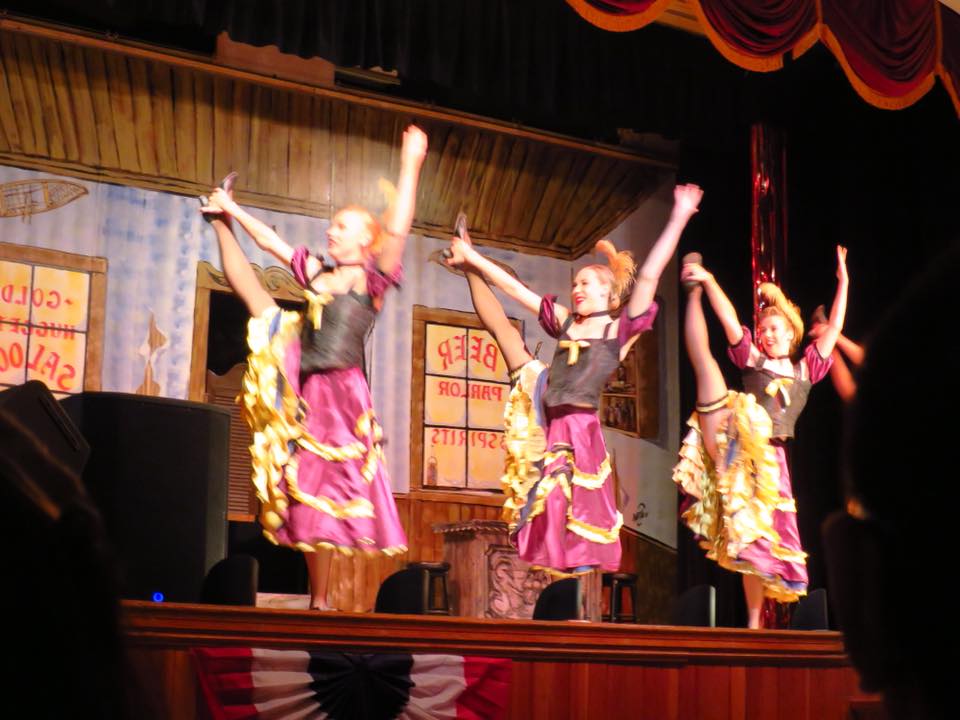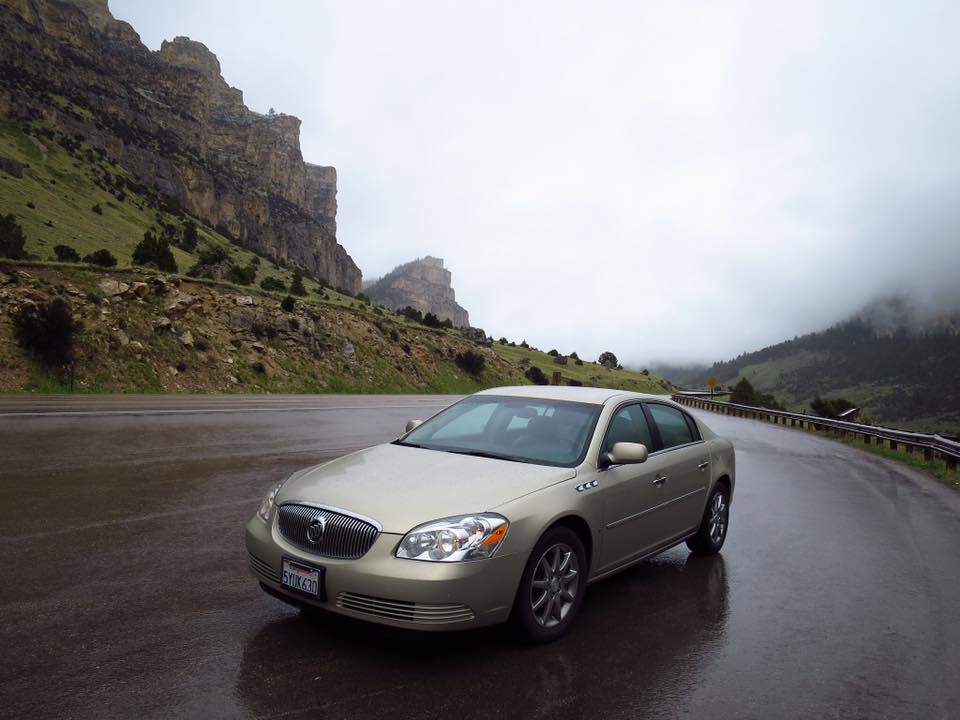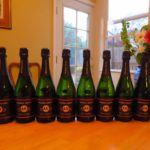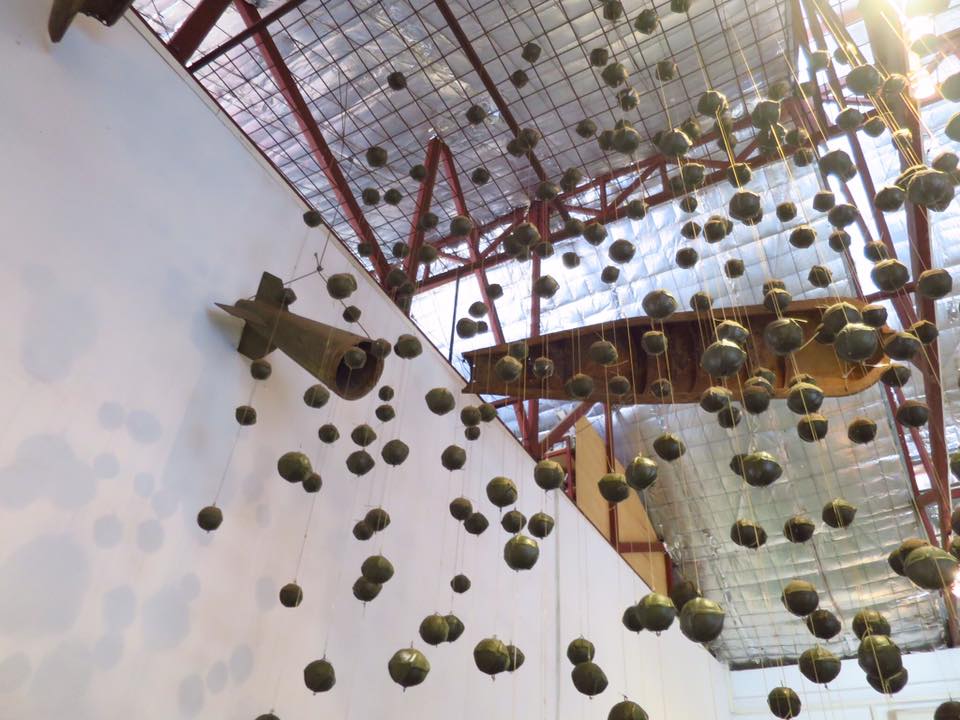When gold was discovered at Bonanza Creek in the Klondike in 1896, the news didn’t travel too far because the area was so remote. But when two ships carrying a total of about two tons of gold docked in Seattle and San Francisco the following year, thousands and thousands stampeded to Dawson City hoping to strike it rich.
It is estimated that of the 100,000 hopefuls who started their journey from all over North America, less than half actually arrived. Some gave up, some perished along the way, and some went to other promising areas in Alaska. Nevertheless, the population of Dawson City which was originally a small First Nations tribal camp ballooned to about 40,000. By then, most of the land with gold had been staked (claimed) by prospectors who were already there when gold was first discovered.
The Dark Ages
The First Nations people (the Hän) who had been living in the area for thousands of years were not allowed to stake any claim. Within a month of the discovery of gold, the Hän people were forced from their land. The contact with so many outside people also brought diseases that the Hän people never knew and many died especially of smallpox. The mining destroyed the land where they used to grow their food and the pollution in the river killed the salmon they used to fish. Many of them started drinking, gambling and abandoning their traditional life. The Hän people called that time The Dark Ages.
While the previous paragraph about the Hän people seems slightly disconnected to my topic today – our visit to the oldest cemetery in Dawson City (who would’ve guessed?) – it would be remiss of me to not at least mention how the Klondike Gold Rush permanently decimated the Hän people.
Within two years of its start, the Klondike Gold Rush fever died down and many miners moved on to Alaska when gold was discovered in Nome.
The 3rd Ave Typhoid Cemetery
Anyway, it took us a long time to find the cemetery. Even though the sun was still shining brightly, I was really spooked out to be searching for a cemetery in the evening. We were expecting a cemetery plot on flat land, but the “3rd Ave Typhoid Cemetery” was actually on a hillside overgrown with birch and poplar trees, and bushes.
One of the first grave markers we saw was that of Louis Lang, a native of San Francisco who died in June, 1898. I wondered where specifically in San Francisco he was from. I knew there were only a few grave markers left standing so every time I accidentally stepped on or stood on a mound, I apologized to whomever was buried underground.
Pitying My Future Self
I saw a fenced-in grave for a Geo Mosher from Albion, Michigan. I told him I studied in Kalamazoo not too far from Albion. He was 39. I wondered if all who were buried here really died of a typhoid outbreak. The sanitation here must have been horrendous. I couldn’t help but pity them, dying and laying so far away from home. Maybe I was just pitying my future self. I was even more pleased with my decision to donate all my organs and whatever is left to science.
When I looked through my photos from the cemetery, Mr. Mosher gave me a chill down my spine. A photo I took of his grave while standing still turned out blurry. While this may simply be a friendly “Howdy!” from a fellow Michigander, I was still quite freaked out. Will I go searching for the old cemetery in any town again? Over my dead body. Except, there won’t be one.
